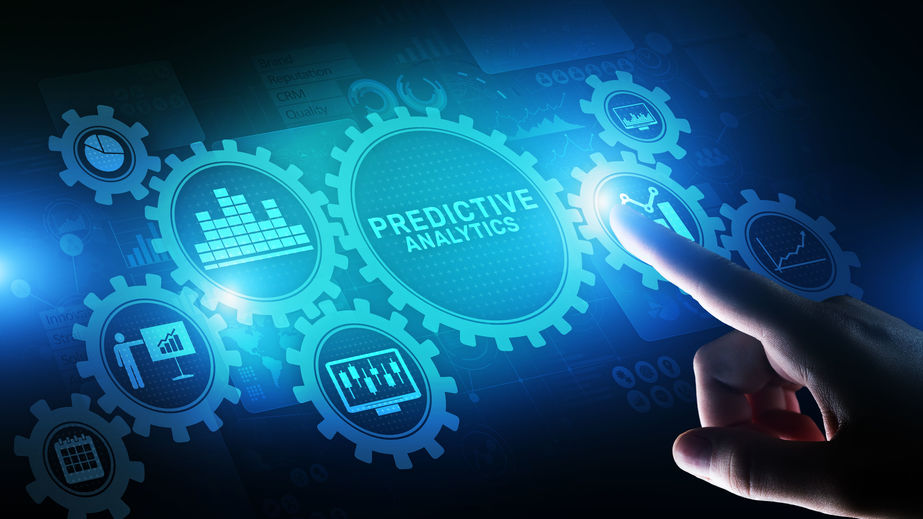In the rapidly evolving world of e-commerce, understanding customer behavior and market trends is essential for business success. With the advent of big data, predictive analytics has emerged as a powerful tool that enables e-commerce businesses to make informed decisions, enhance customer experiences, and ultimately drive growth. This blog explores the critical role predictive analytics plays in shaping e-commerce strategies and fostering business expansion.

Table of Contents
ToggleWhat is Predictive Analytics?
Predictive analytics involves using statistical algorithms and machine learning techniques to analyze historical data and make predictions about future events. By identifying patterns and trends within data, businesses can forecast customer behavior, inventory needs, and market conditions. In e-commerce, predictive analytics can be applied to various aspects, including marketing, sales, customer service, and inventory management.
Key Benefits of Predictive Analytics in E-commerce
- Enhanced Customer PersonalizationOne of the most significant advantages of predictive analytics is its ability to tailor the shopping experience for individual customers. By analyzing past purchases, browsing behavior, and demographic information, e-commerce businesses can create personalized recommendations and targeted marketing campaigns. This level of personalization not only improves customer satisfaction but also increases conversion rates and boosts sales.
- Improved Inventory ManagementPredictive analytics allows e-commerce businesses to optimize their inventory levels by accurately forecasting demand. By analyzing historical sales data, seasonality, and market trends, companies can ensure they have the right products in stock at the right time. This reduces the risk of overstocking or stockouts, ultimately improving cash flow and customer satisfaction.
- Optimized Pricing StrategiesPredictive analytics can help e-commerce businesses determine the most effective pricing strategies. By analyzing competitors’ pricing, customer sensitivity to price changes, and historical sales data, businesses can identify optimal price points that maximize profit margins while remaining competitive. Dynamic pricing strategies enabled by predictive analytics can also adjust prices in real-time based on demand fluctuations.
- Enhanced Marketing CampaignsE-commerce businesses can leverage predictive analytics to optimize their marketing efforts. By segmenting customers based on behavior and preferences, businesses can create targeted campaigns that resonate with specific audiences. Predictive models can also identify the best channels for marketing, ensuring that campaigns reach the right people at the right time, ultimately improving return on investment (ROI).
- Churn Prediction and Retention StrategiesUnderstanding why customers leave is crucial for e-commerce growth. Predictive analytics can identify patterns that indicate potential churn, enabling businesses to implement proactive retention strategies. By analyzing customer engagement, purchase frequency, and feedback, companies can address issues before they lead to customer loss, enhancing customer loyalty and lifetime value.
- Fraud Detection and Risk ManagementE-commerce is vulnerable to various types of fraud, including payment fraud and account takeovers. Predictive analytics can help businesses detect unusual patterns that may indicate fraudulent activity. By analyzing transaction data in real-time, e-commerce platforms can implement preventative measures to reduce fraud risk, safeguarding both their revenue and their customers.
Implementation Challenges
While the benefits of predictive analytics are clear, implementing these strategies can pose challenges. E-commerce businesses must invest in robust data collection and management systems, as well as in analytics tools that can effectively process and analyze data. Additionally, organizations need skilled personnel who understand how to interpret data and translate insights into actionable strategies.
Conclusion
Predictive analytics is no longer just a luxury for e-commerce businesses; it has become a necessity for those looking to thrive in a competitive marketplace. By harnessing the power of data, e-commerce companies can enhance customer experiences, optimize operations, and ultimately drive sustainable growth. As technology continues to evolve, businesses that embrace predictive analytics will be better positioned to adapt to changing market dynamics and meet the ever-evolving needs of their customers. Investing in predictive analytics today could be the key to unlocking a successful future in e-commerce.


No responses yet